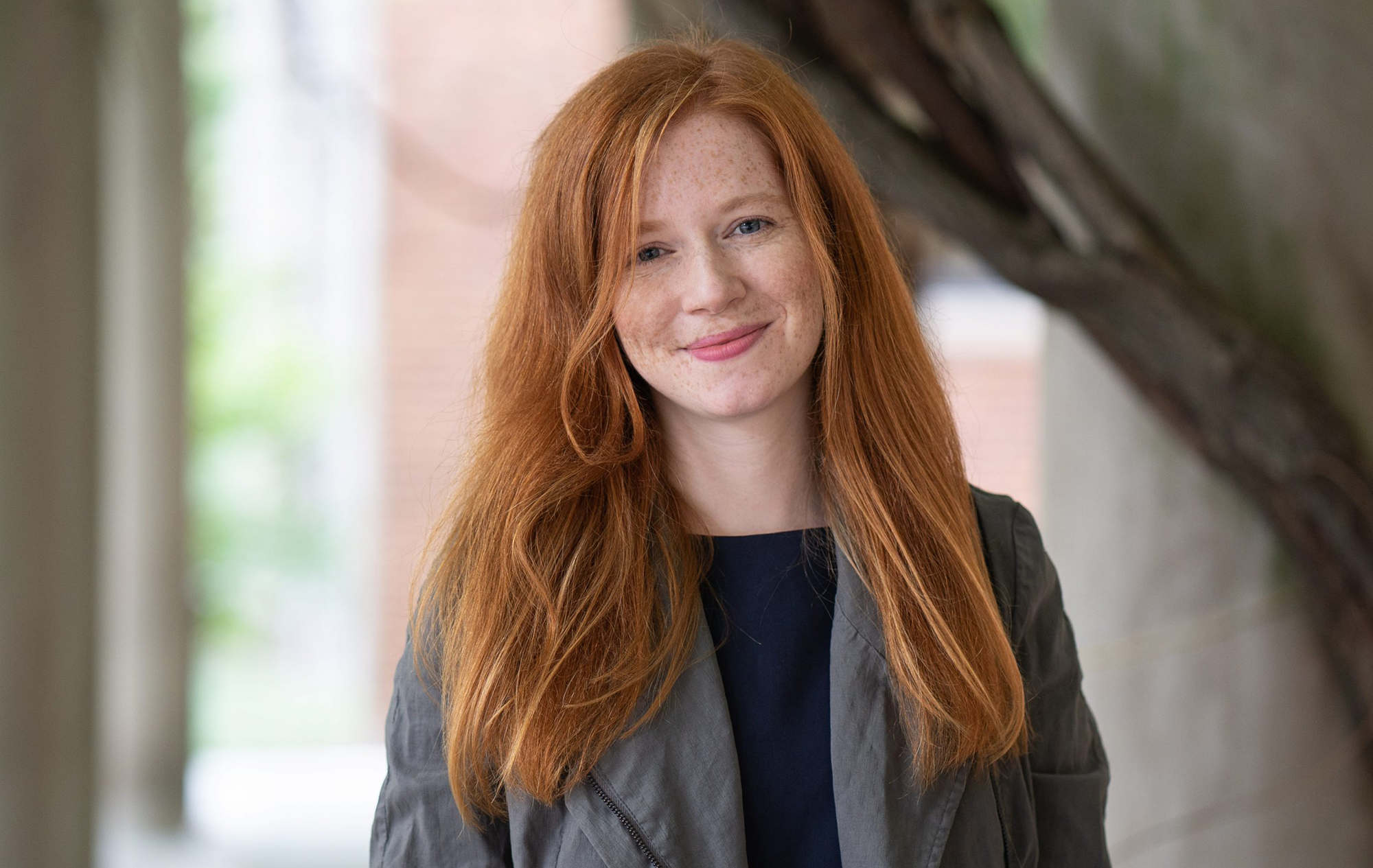OpenAI exploring how to 'responsibly' make AI erotica
OpenAI, the powerhouse behind ChatGPT and other leading AI tools, recently announced that it is delving into the realm of allowing users to generate AI-generated porn and explicit content in a "responsible" manner. This revelation was part of an extensive document aimed at gathering feedback on the rules governing OpenAI's products.
Under its current policies, OpenAI mostly prohibits sexually explicit or suggestive content. However, the organization is now reconsidering this strict stance. They are exploring the possibility of providing users with the ability to generate NSFW (not safe for work) content in appropriate contexts.

Reconsidering NSFW Policies
Joanne Jang, an OpenAI model lead involved in drafting the document, expressed the company's intent to initiate dialogues regarding the inclusion of erotic text and nude images in AI products. While the goal is to give users control within legal boundaries and ethical standards, OpenAI unequivocally rejects the idea of enabling deepfakes for malicious purposes.
Despite the discussions on re-evaluating its NSFW policy, OpenAI aims to maintain a responsible stance towards AI-generated content. The move comes amidst concerns about the misuse of advanced AI technologies, such as deepfake porn, for harmful purposes.

Addressing Concerns and Considerations
Researchers have raised alarms about the potential abuse of AI in creating deepfake porn to exploit or harass individuals. Similarly, the emergence of AI apps capable of altering images to create nude or suggestive content has raised ethical and legal concerns, particularly in schools and among teenagers.

OpenAI's document also highlights the challenges of balancing creative expression with responsible content generation. While the organization has demonstrated capabilities to provide informative responses on certain topics, requests for explicit content are currently declined.
Weighing the Risks and Benefits
Legal experts and researchers have emphasized the importance of approaching the inclusion of sexually explicit content in AI models cautiously. While acknowledging the potential educational and artistic uses, they underscore the need for stringent safeguards to prevent misuse and harm.
As OpenAI explores the boundaries of allowing explicit text and images, the potential risks and benefits remain subjects of intense debate within the AI community. The organization aims to tread carefully to ensure that any future implementations are in line with legal and ethical standards.





















